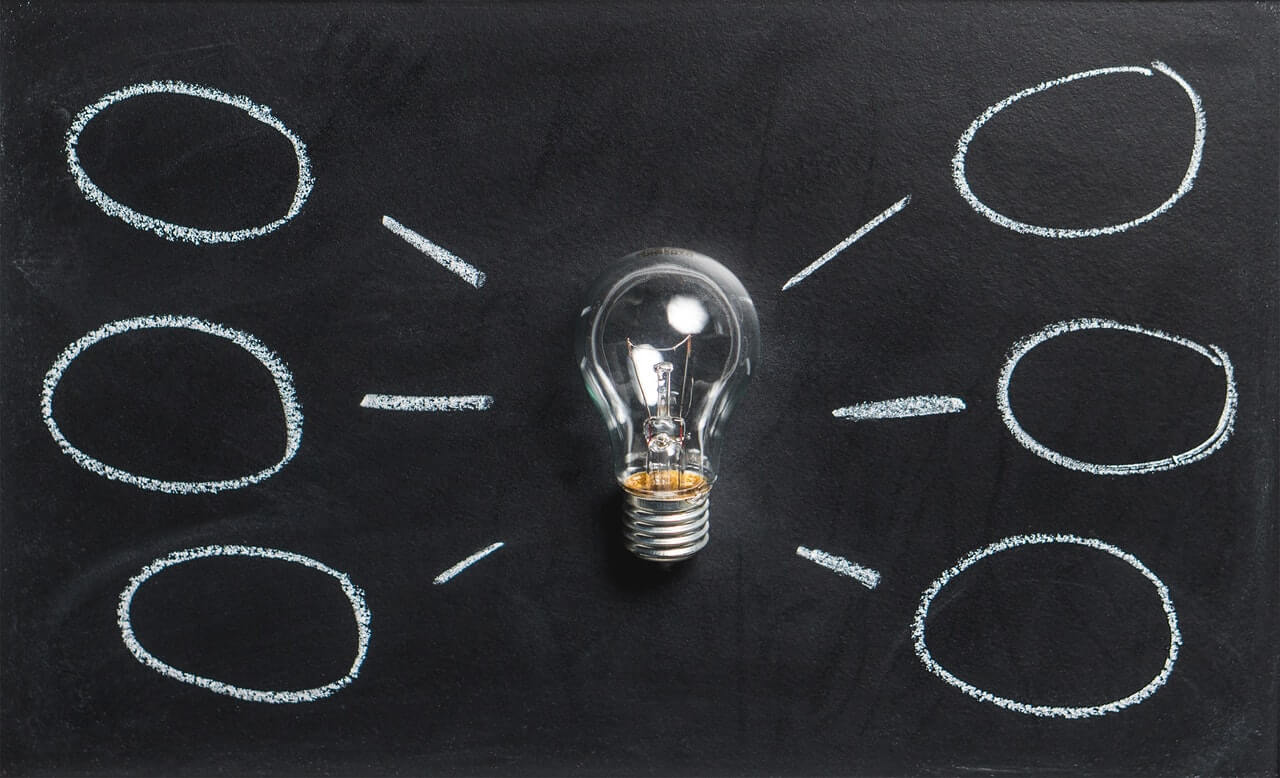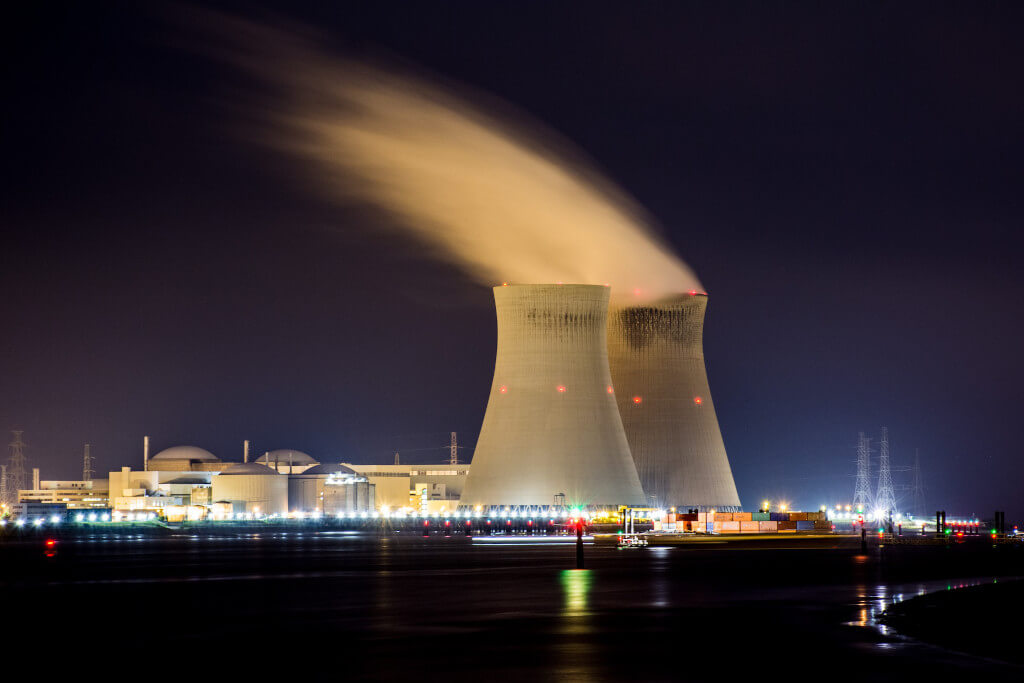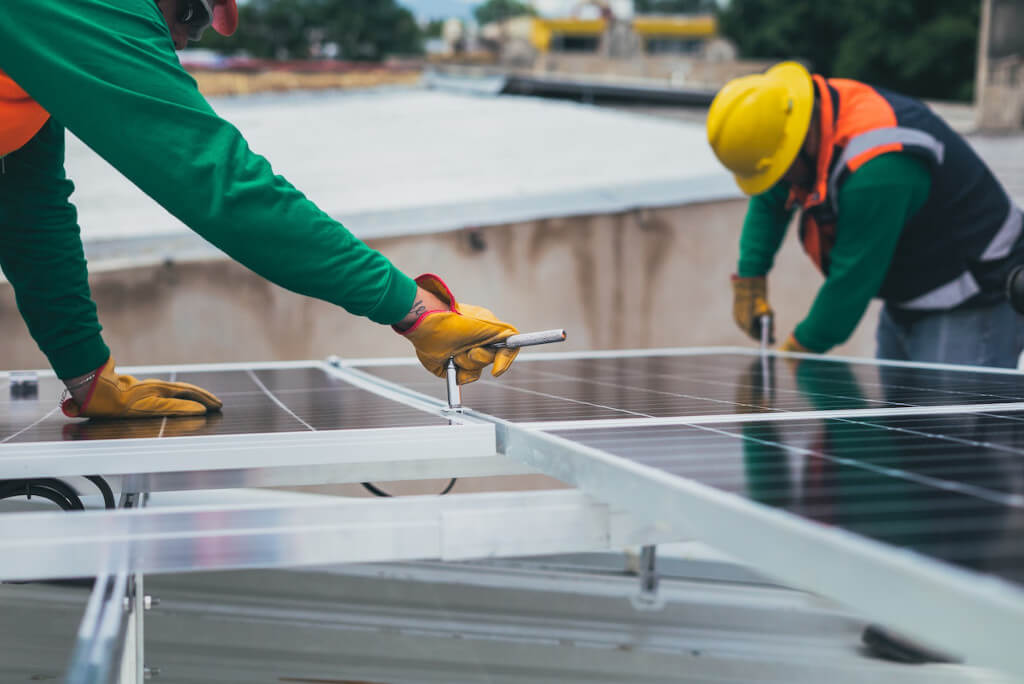When was the last time you thought about home lighting? If you live in an old house with outdated electrical and lighting systems, you should consider remodelling now. Electricity in Finland was cheap in the 20th century, but the extra costs make electricity bills skyrocket. Lighting is one of the things that can drive up your electricity bill, so it’s worth giving up on both economic and comfort grounds. If you’re stuck on ideas, you can always look for them.
The bill includes lighting and electricity charges.
Different electricity providers calculated how much electricity is used and how many lamps are in Finnish homes using their own data. The average Finnish home has 20-60 lamps. Our homes vary in size. Using good lighting solutions not only makes your home more comfortable, but it also reduces lighting costs by up to 20%.
Many small changes can have a big impact on your home’s lighting and cost. For example, old incandescent bulbs should be thrown out and replaced with energy-efficient bulbs. You should think about how you use lights as well as how you use them. Do you leave the lights on in a room where no one else is? So, should you turn off the lights?
We need more automation or it’s hard to keep track of everything. We can use timers, motion sensors, and night lights to help us in our daily lives. LED lighting is another option to consider for your home. When buying a light, make sure you know what kind of bulb it takes. The same bulbs don’t work with all of today’s lights.
There are many lamps.
We have a lot of lamps. When buying a home, consider how much energy the lamp uses and what colour the light is. If you work hard and think, you can find the right lamp in the right place. An energy-saving lamp lasts much longer than an incandescent lamp, but it produces less heat. Halogen lamps, used as spotlights, also generate heat. How about a CFL? They use 80% less power than incandescent lights.
The LED is far more incandescent than a regular bulb. An LED bulb should last 50 times as long as an incandescent bulb, or 50,000 hours. When buying a lamp, check its energy label. Each lamp has a different energy level, from A to G.
Colour of light
It’s possible you didn’t consider light colour when you bought regular light bulbs previously. For example, kitchen lamps should be cooler than general lighting, which should be over 5,000 Kelvin. Worktop lights should be bright spotlights, but not too bright in the kitchen.
We also have “fluorescent” lamps with Kelvins from 5000 to 6000. These lights are ideal for reading because they are not too bright. Then there’s lighting between 2800 and 5000 Kelvin. Look for soft, warm light in the bedroom to make it more relaxing.
Bulbs
- 2700K is a warm white, like an incandescent light.
- 3000K is warm white, like a halogen lamp.
- 4000K in this case means neutral or pure white.
- 6500K is the colour temperature of the sun at midday.
But now there are lights that can be changed via a smartphone app to match your decor. Work areas, for example, should be lit with daylight (5300 Kelvin). This is “daylight.” In the office, it is best to use it.
It’s also vital to check whether the apartment’s interior features a variety of wood tones. Warm and cosy or modern and sleek? If unsure, ask your lighting store for assistance.
Then clean up.
Cleaning is an important aspect of lighting at home. If you don’t clean the lamp covers and the lamp itself, dust accumulates and dims the light. Cleaning your windows is also important, as dirty windows can block up to 40% of natural light! At the same time, regularly dust and clean the windows.




